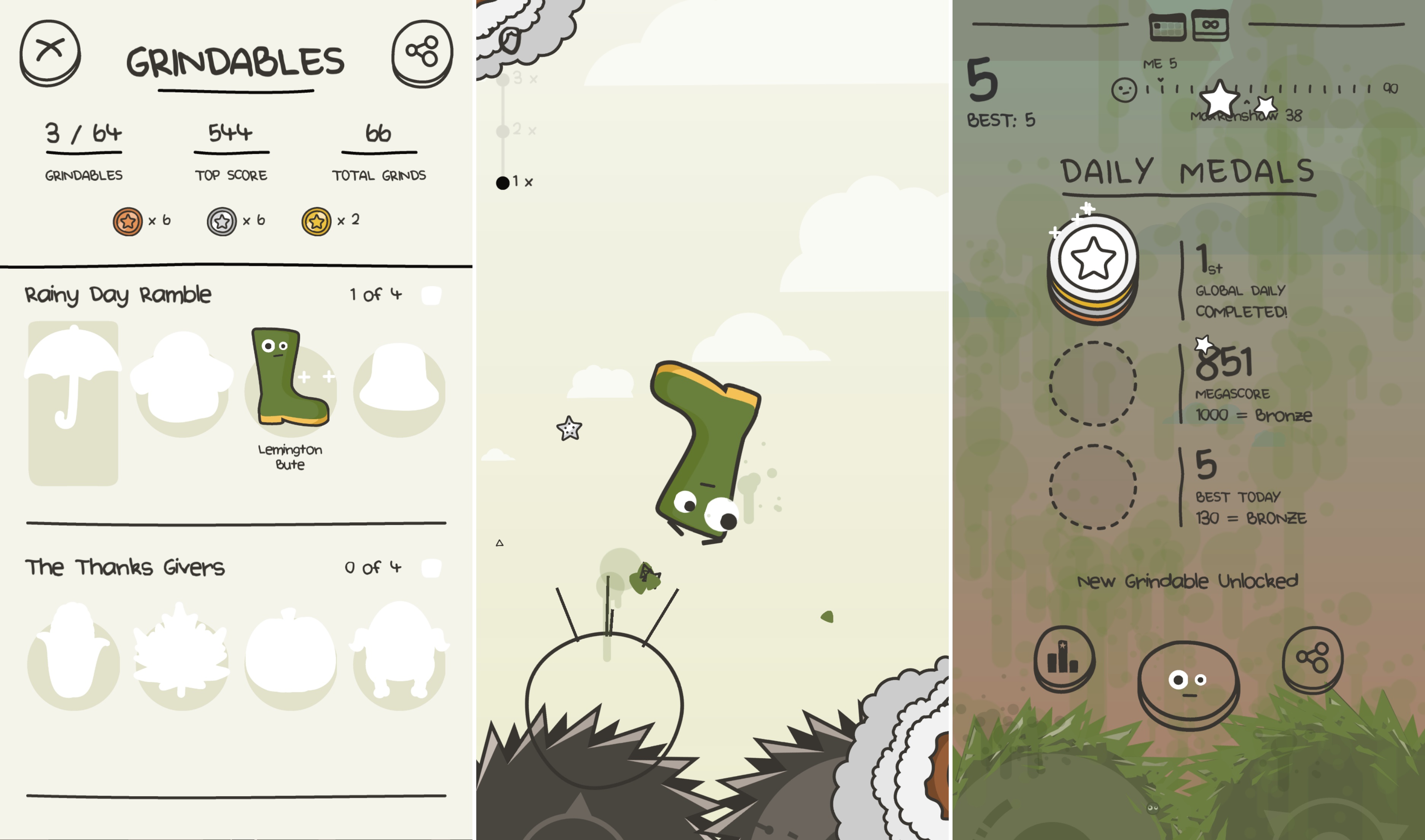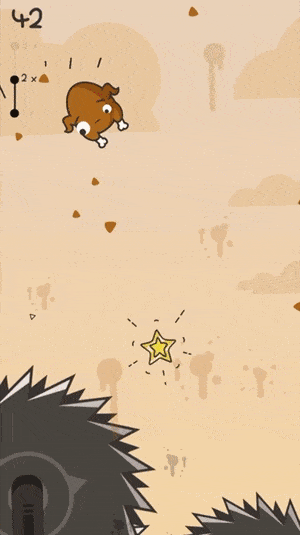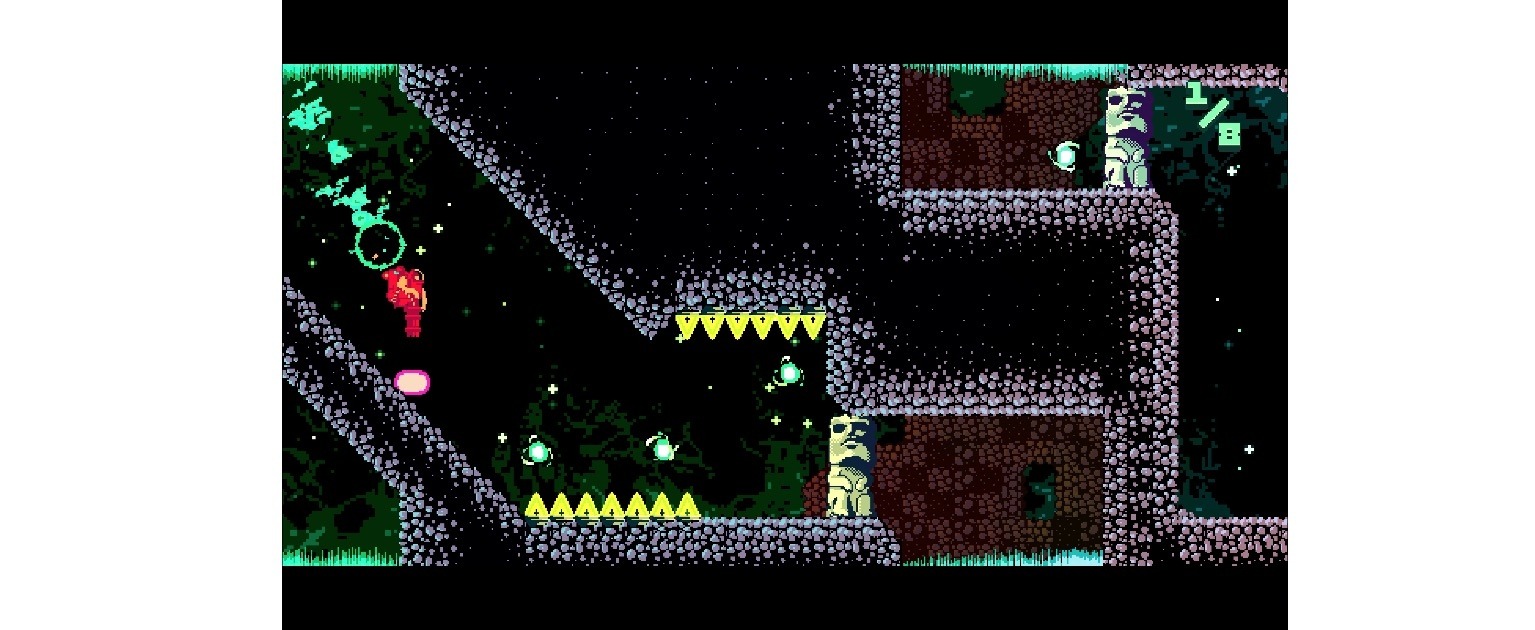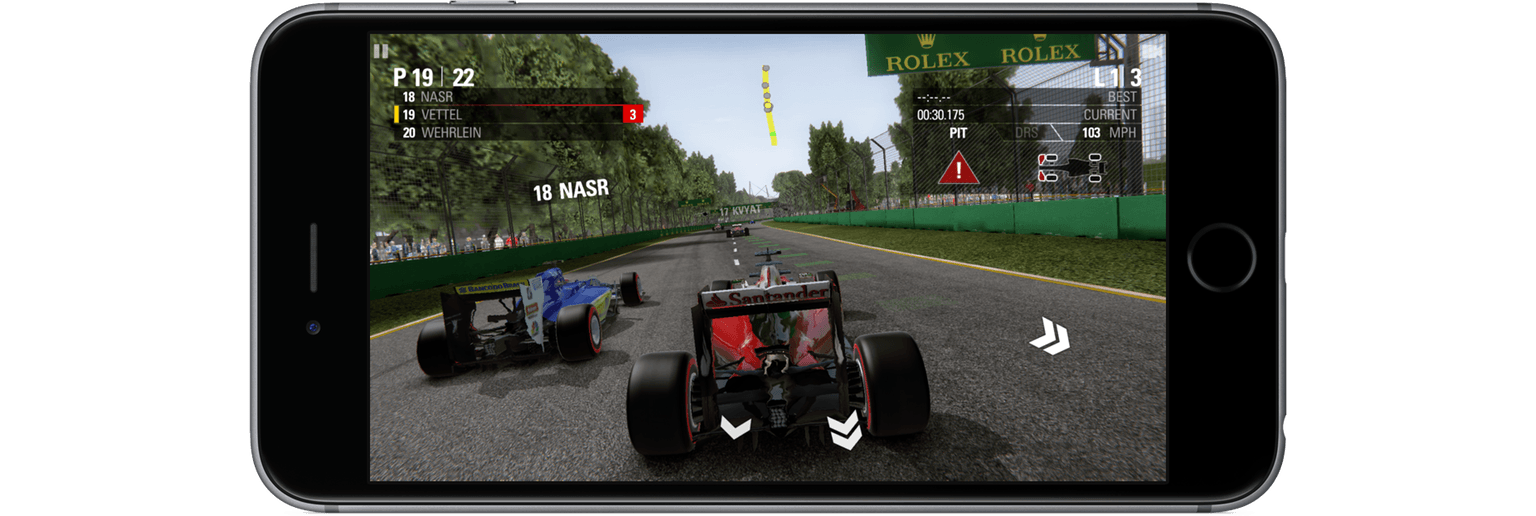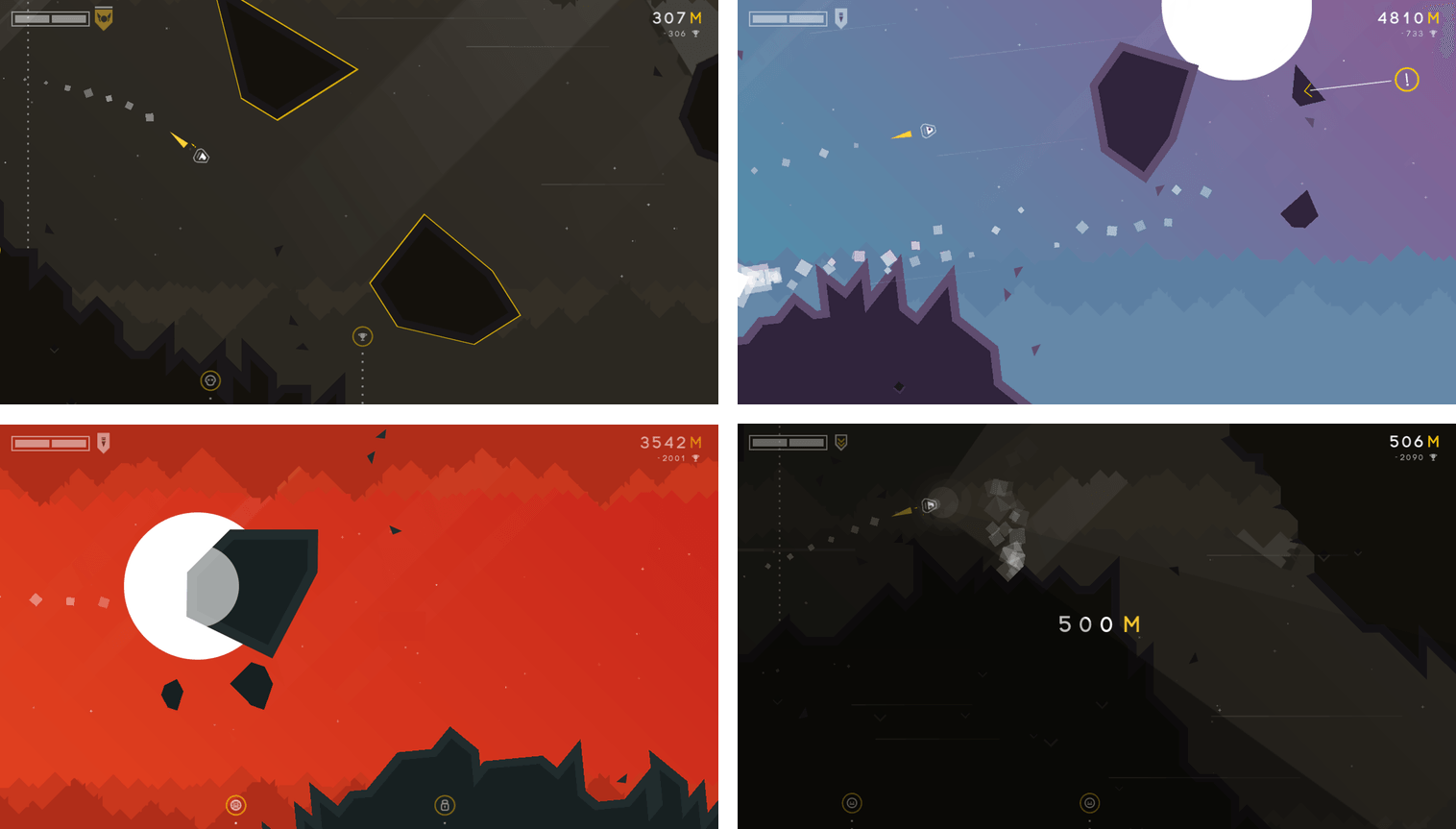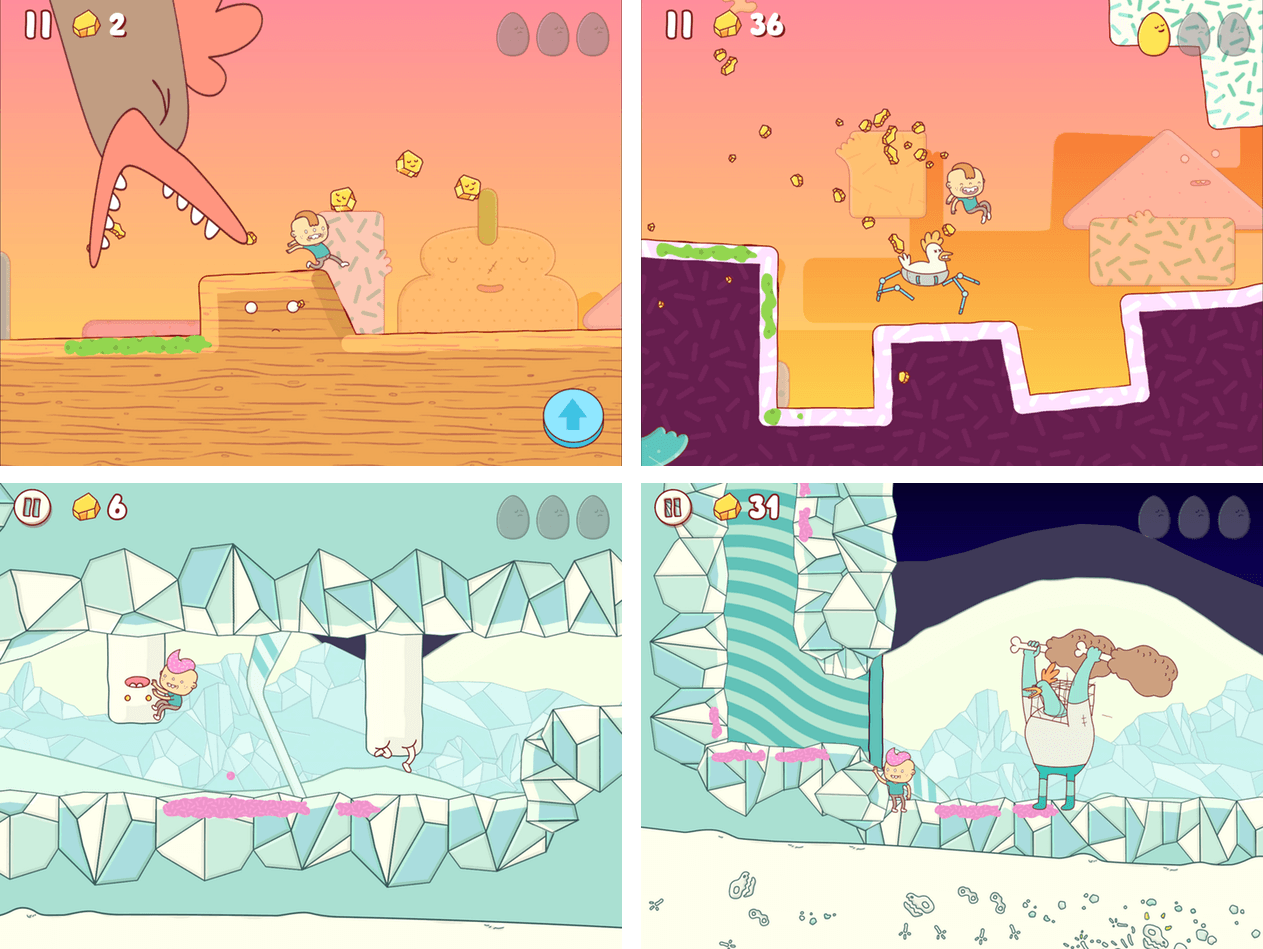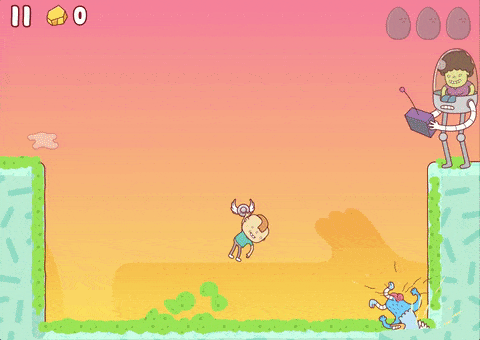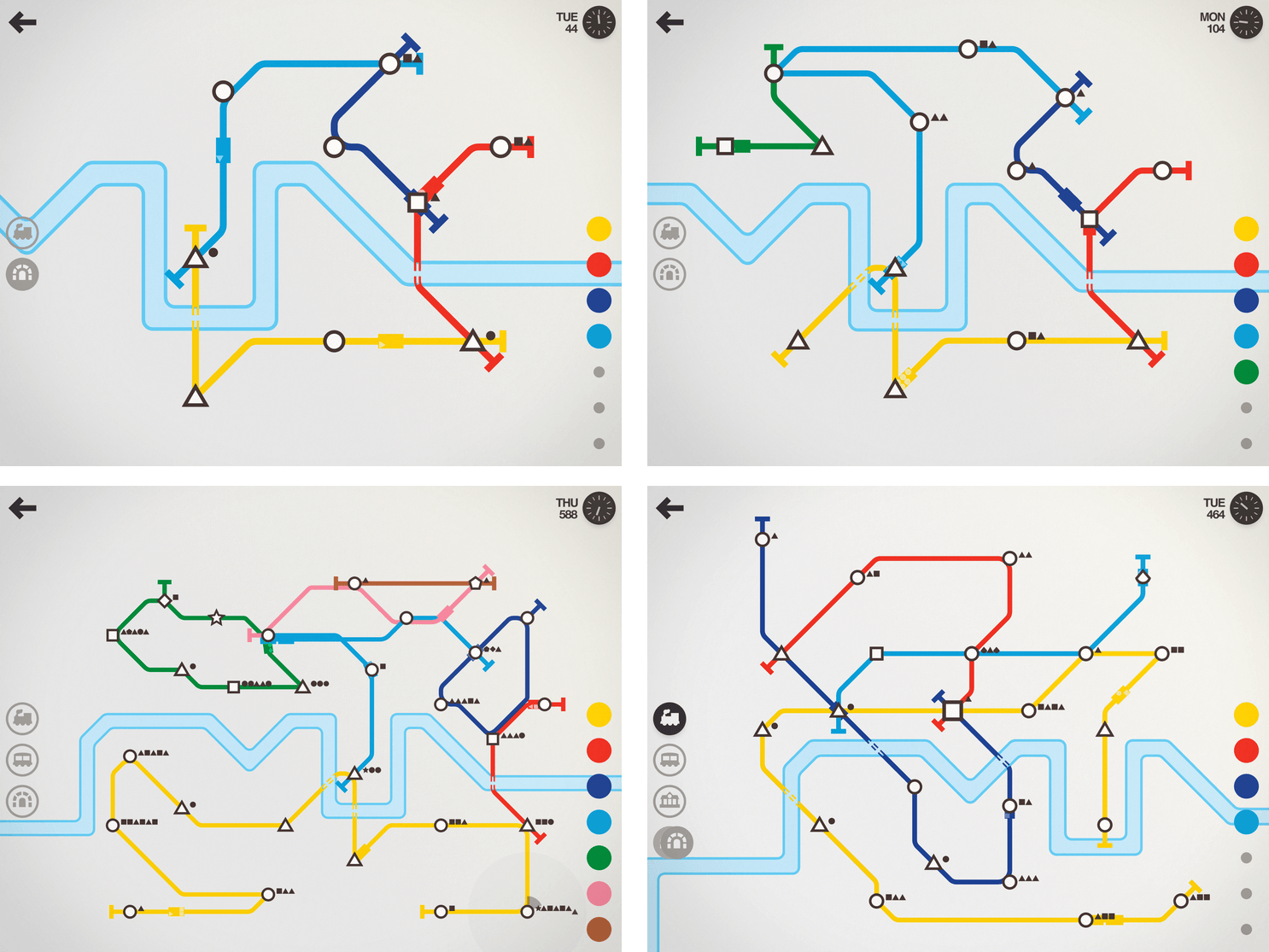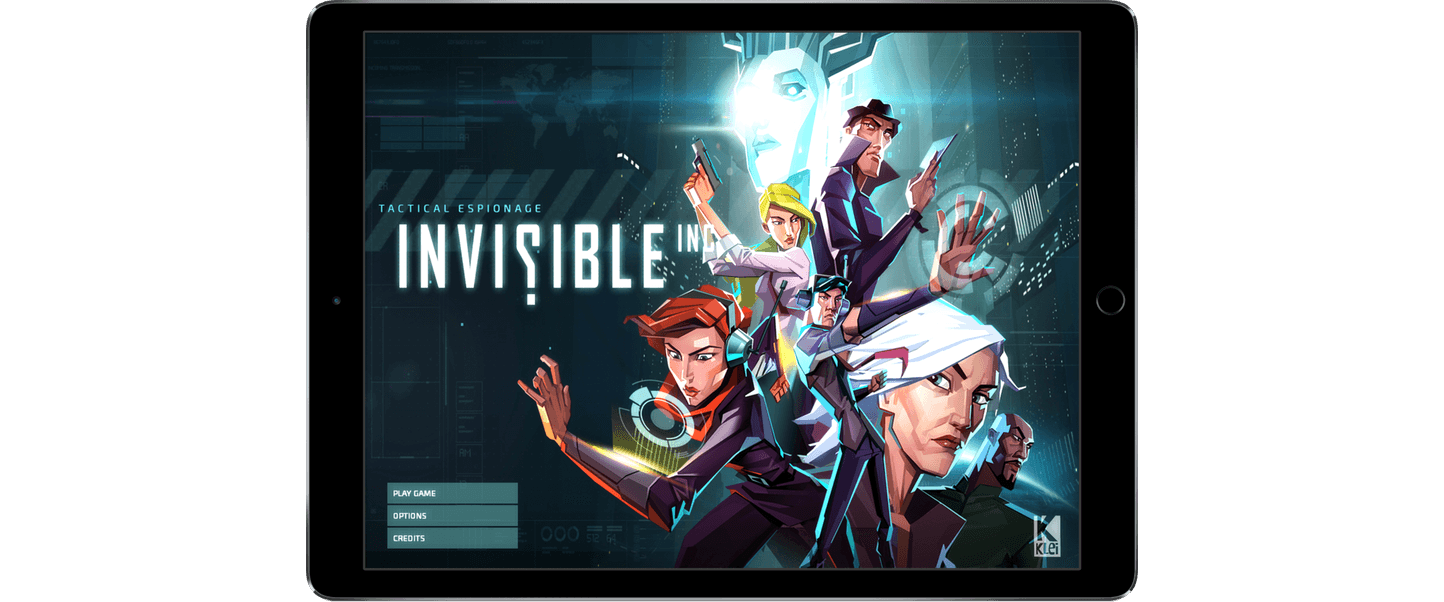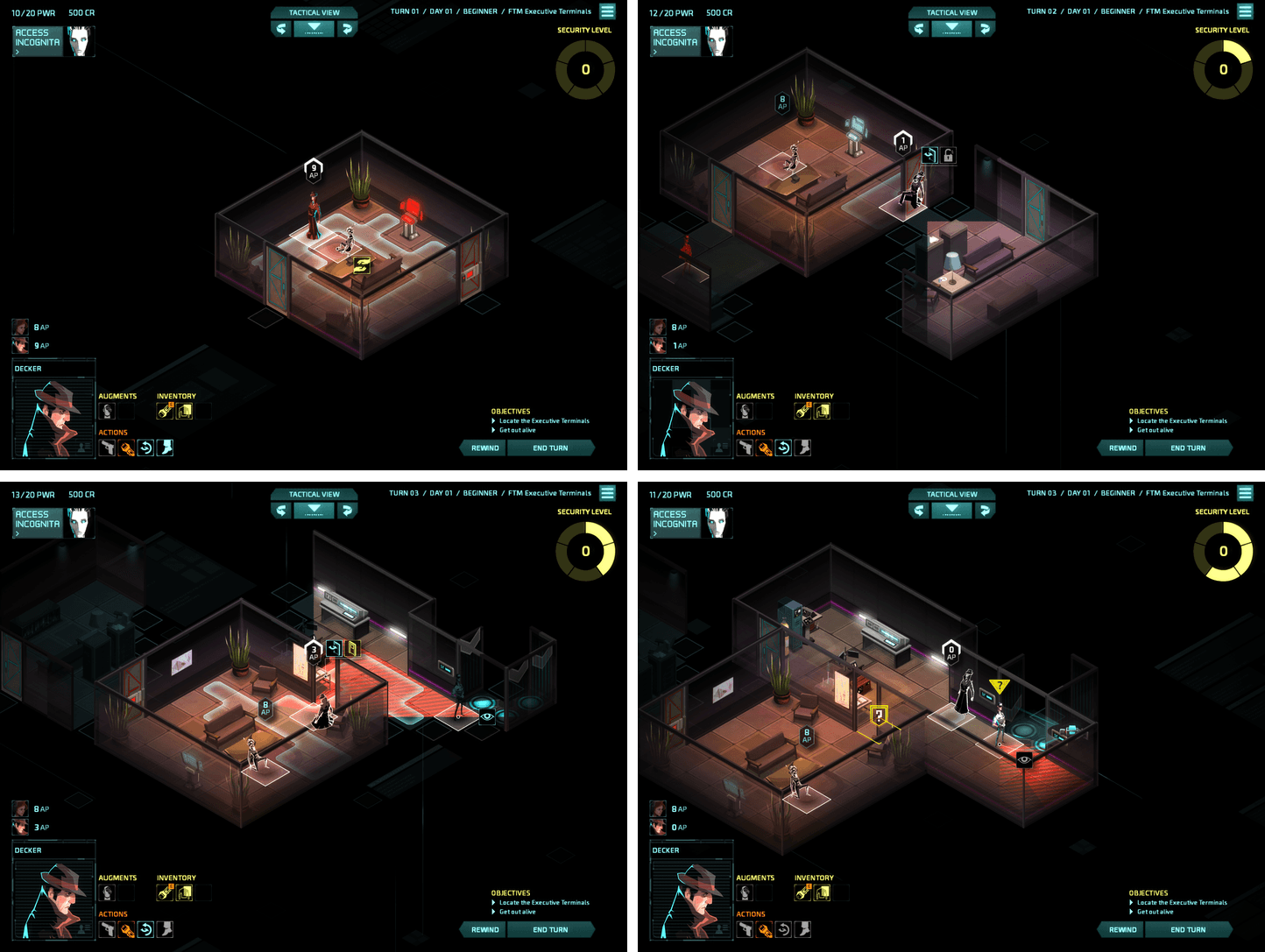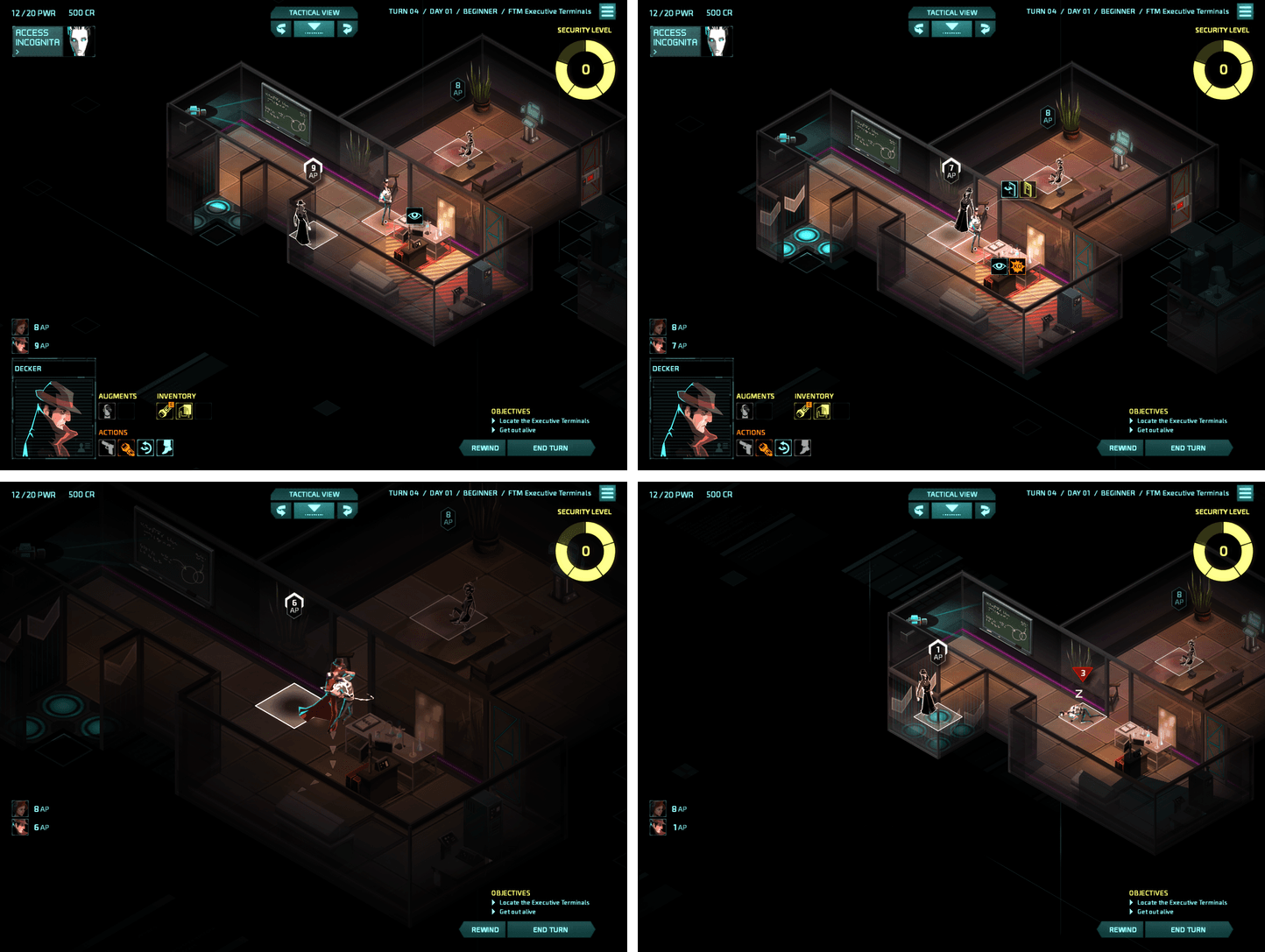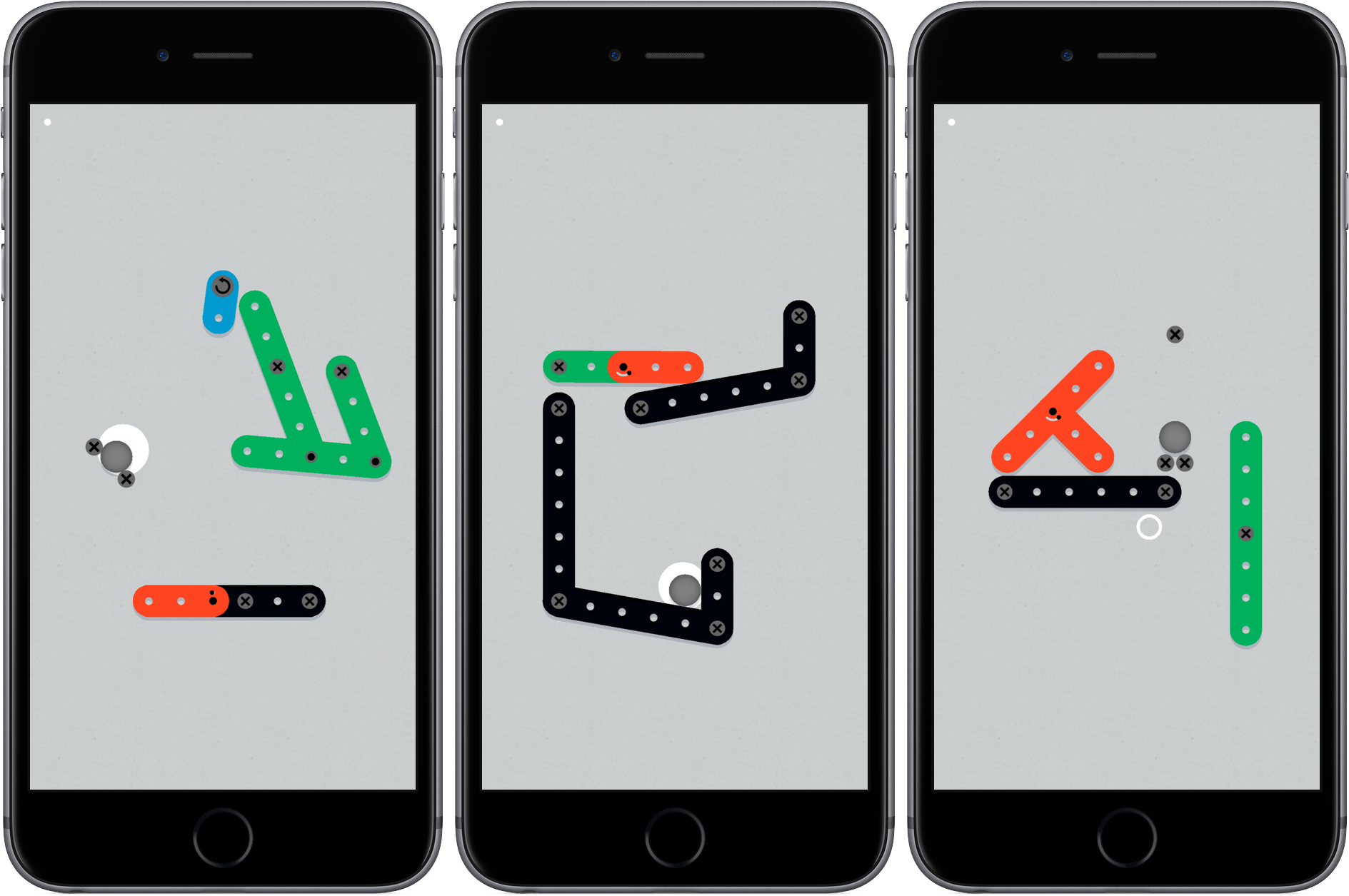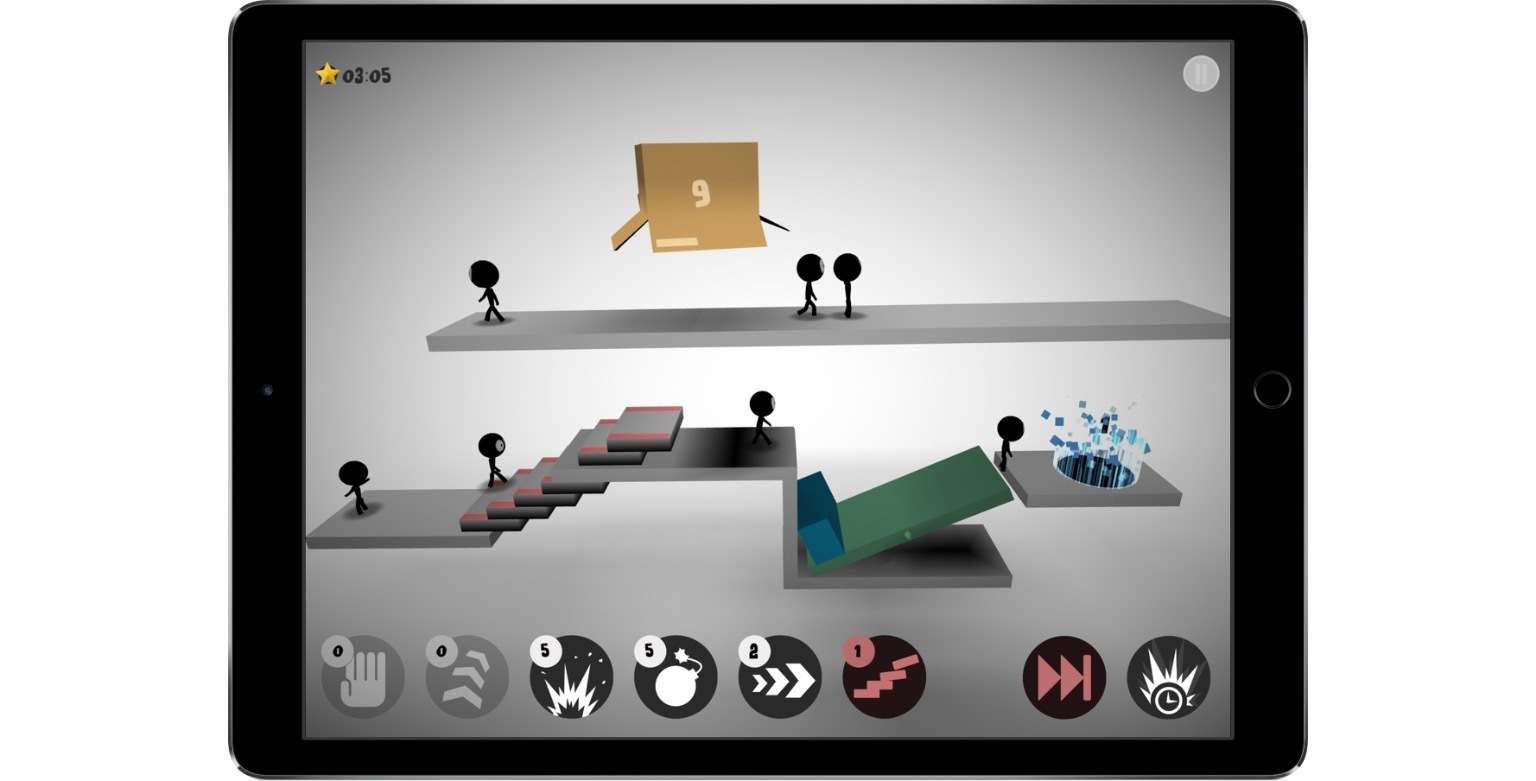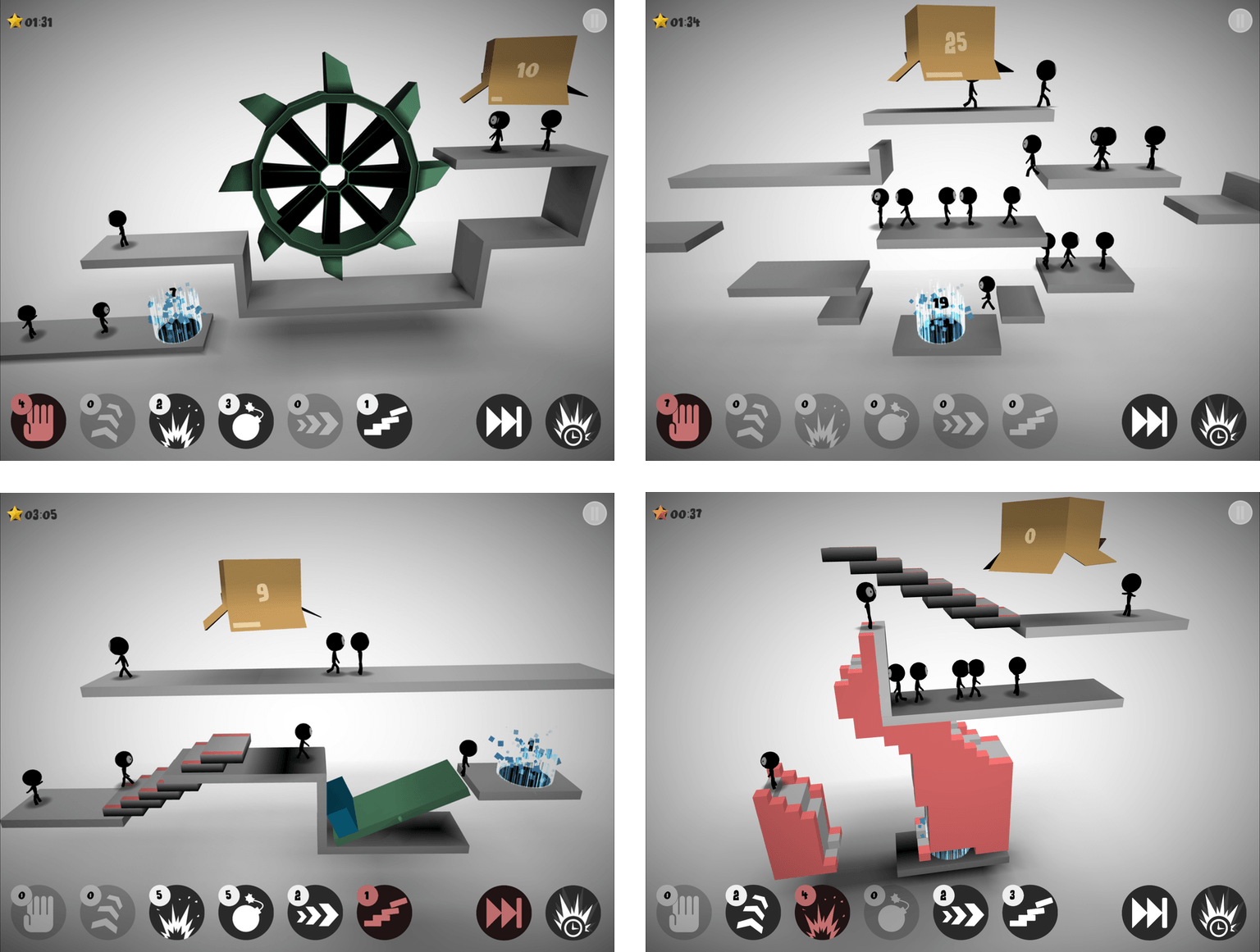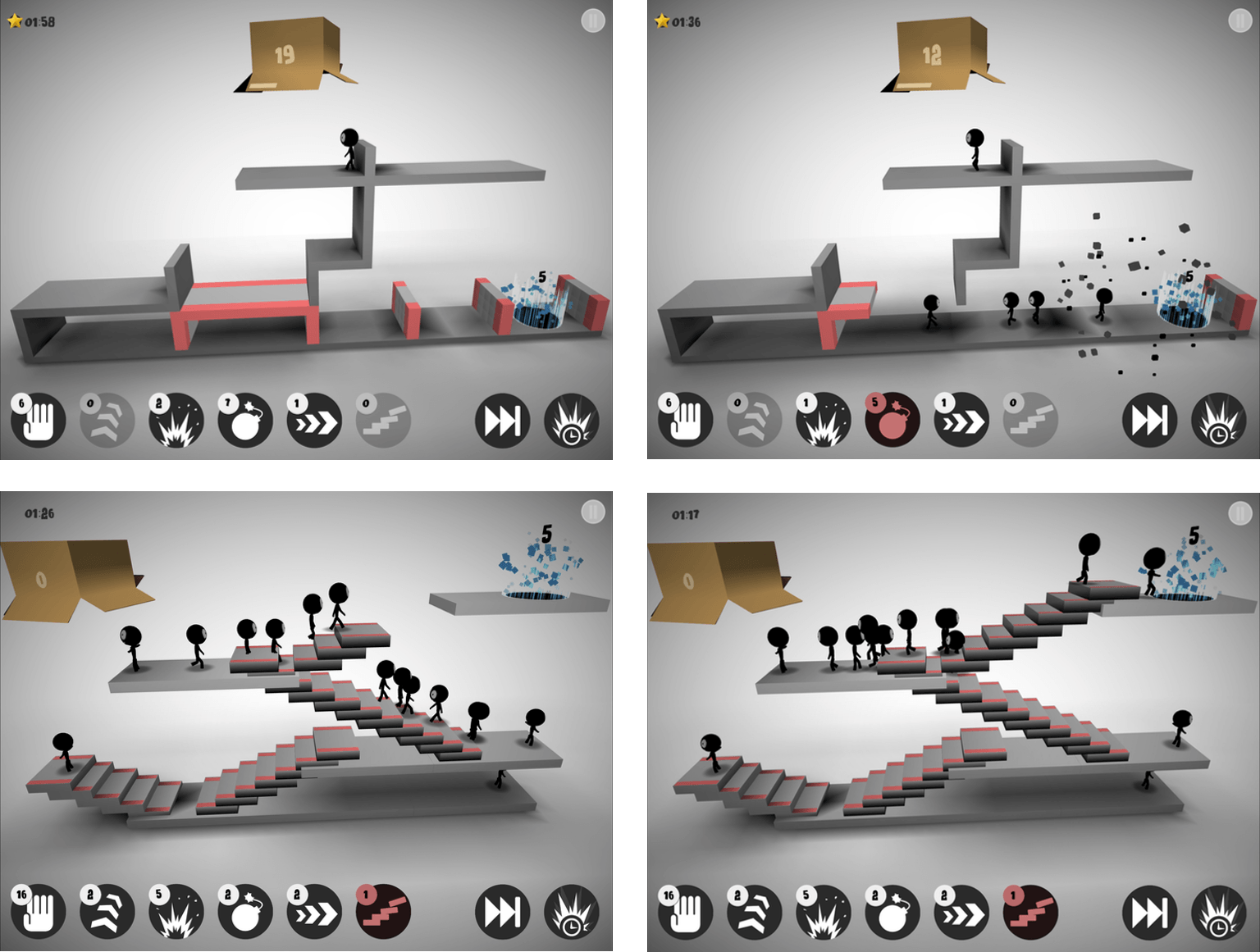It’s Thanksgiving Day in the US and there are games to play. Sure, those celebrating Thanksgiving should probably put their iPhones away and spend time with their families. But not everyone celebrates Thanksgiving, and even if you do, who doesn’t need a break at some point over a long weekend?
Don’t Grind by Laser Dog Games is the perfect game for just such a break. It’s easy to get the hang of, playable in short bursts, and a whole lot of fun. The goal of Don’t Grind is to keep a character bouncing in the air above two rotating blades. You do that by tapping and swiping on the screen. How high you bounce with each tap depends on the length of the tap. Swiping sends your character in the direction of the swipe. Fail to stay aloft and you are ground up by the blades ending the game.
As you bounce around in the air above two blades, you collect stars, which are converted into medals when the round ends with your character’s inevitable death. While you collect the stars though, you also need to avoid lasers, rockets, blades, and other obstacles that can hasten your demise. After collecting a certain number of medals you unlock additional characters to use in the game. There are dozens to collect.
`
A game where your character is inevitably ground up between saw blades sounds gruesome, but it isn’t. Laser Dog has kept the tone light and fun. That’s accomplished through a bouncy, pop soundtrack and using silly inanimate objects as characters like a donut, banana, and boot. Each character has googly eyes that do a remarkable job of conveying dread and fear as the characters approach the blades. There are other nice touches such as the background scenery that matches the time of day you are playing, haptic feedback on the iPhone 7, and the ability to record and share gameplay.
Casual games that can be played one-handed are great for short breaks that can easily become long breaks as you try to beat your high score and climb the Game Center leaderboard. Don’t Grind succeeds with a challenging game that immediately endears itself to you with its quirky sensibilities and cute characters that have kept me coming back try to collect them all.
Don’t Grind is available as a free download on the App Store. A $1.99 In-App Purchase removes advertisements from between rounds of the game.


